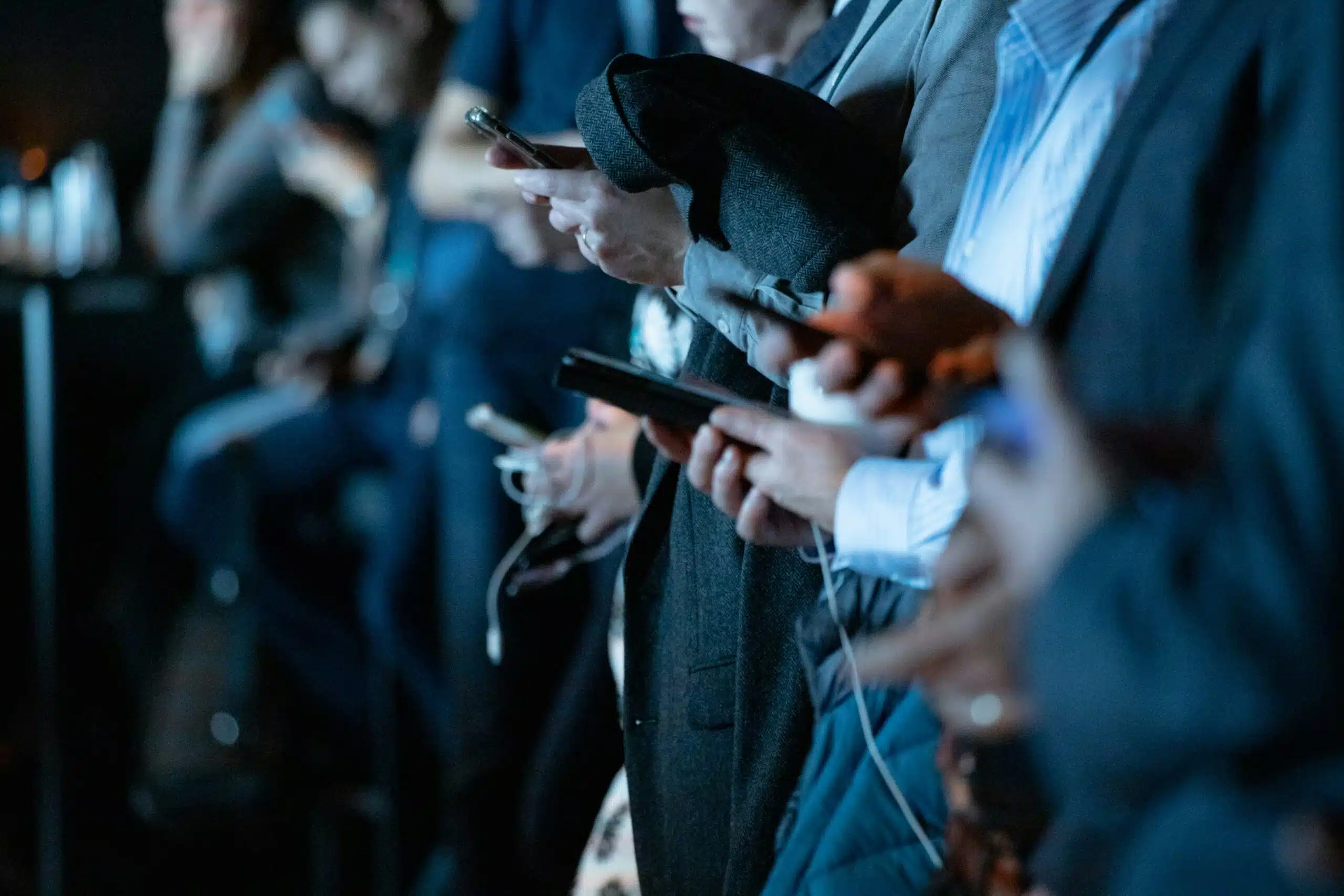The Sixth Circuit Court of Appeals held that a manufacturer’s trade dress infringement claim against a competitor fails because there is no likelihood of confusion between the two parties’ goods. The court noted that trademark law is designed to promote brand recognition, not deter lawful competition.
Trade dress is the design and shape of the materials in which a product is packaged, or the product configuration of the product itself. The particular product at issue in this case is a grease pump used in automated lubrication services (“ALS”), and more specifically, the pump’s design. The parties involved are Ohio-based company, Groeneveld Transport Efficiancy, Inc. (“Groeneveld”) and Canadian company, Lubecore International, Inc. (“Lubecore”). Both companies make grease pumps for ALS used in commercial trucks. Groeneveld has manufactured ALS devices for over 40 years, and a former Groeneveld employee recently founded Lubecore in 2007. Starting in the 1980s, Groeneveld marketed its EPO grease pump, and in 2007, Lubecore began selling a similar looking pump in the U.S.
Groeneveld filed a lawsuit alleging the grease pump sold by Lubecore was “virtually identical” to its EPO pump. In addition to monetary damages, Groenveld sought an injunction to prohibit Lubecore from selling the similar-looking grease pump in Canada or in the U.S.
In October 2011, a jury found that Groeneveld proved by a preponderance of the evidence that its trade dress was nonfunctional and had secondary meaning, and that there was likely confusion between the pumps. Additionally, it determined the infringement was willful. Lubecore appealed.
On appeal, Lubecore argued that the overall configuration of the pump was functional and therefore not protected by trade dress. Groeneveld argued that the shape of its pump was protected by trade dress. The Court of Appeals held that to prevail on a claim for the infringement of a product-design trade dress, a plaintiff must prove “that its allegedly infringed product design (1) is nonfunctional, (2) has acquired secondary meaning, and (3) is confusingly similar to the allegedly infringing product design.” Furthermore, the court determined that only elements one and three are in dispute in this case.
Of further importance, the court fleshed out the three elements explaining that a product design is functional “if it is essential to the use or purpose of the article or if it affects the cost or quality of the article.” That secondary meaning evidences “the primary significance of a product feature or term is to identify the source of the product rather than the product itself.” And lastly, that the ‘likelihood of confusion’ test, “is whether an ordinary consumer would confuse the products at issue, which in fact come from different sources, as emanating from a single source or from associated sources.”
The Court of Appeals determined Groeneveld failed the first prong of the test because it presented no evidence showing that the individual components of the grease pump or their overall configuration are nonfunctional. Citing TrafFix Devices, Inc. v. Mktg. Displays, Inc., the court held that “[I]n order to receive trade dress protection for the overall combination of functional features, those features must be configured in an arbitrary, fanciful, or distinctive way. . . . In other words, where individual functional components are combined in a nonarbitrary manner to perform an overall function, the producer cannot claim that the overall trade dress is nonfunctional.”
Thus, Groeneveld’s argument that before Lubecore, none of its other competitors copied its design, demonstrates that the design is not necessary to compete in the ALS market, was unpersuasive to the court. The court further reasoned that it’s not “whether Lubecore could have designed a grease pump with a different appearance; [it’s] whether Groeneveld’s design is essential to the use or purpose of the article or if it affects the cost or quality of the article.”
Finally, the Court of Appeals held that Groeneveld also failed to carry its burden of raising a triable issue regarding the likelihood of confusion between the two pumps.
The court concluded that because of the “starkly different branding” of the pumps and “the high degree of care presumably exercised by the pumps’ sophisticated consumers,” there is no likelihood of confusion. Moreover, both pumps have their companies’ logos clearly displayed, there is no evidence of actual confusion, and Lubecore’s choice of design is precompetitive.


